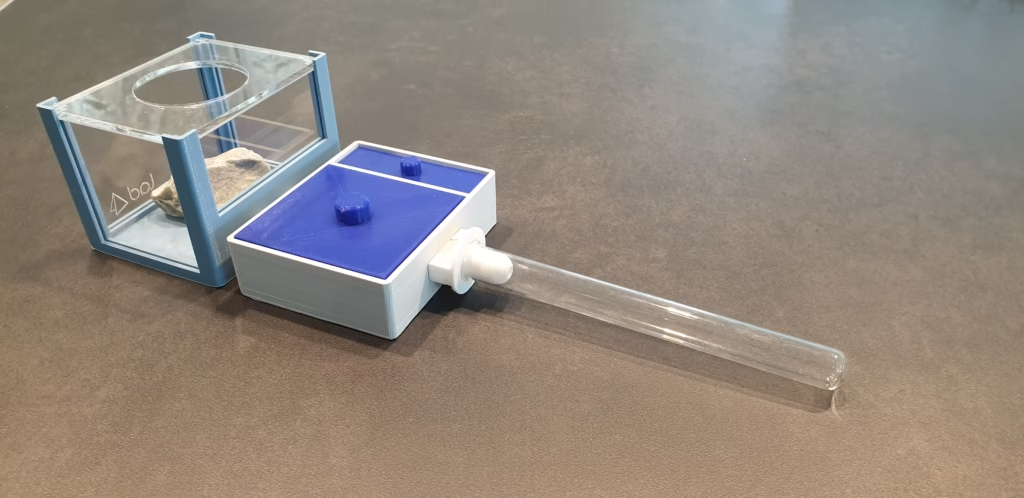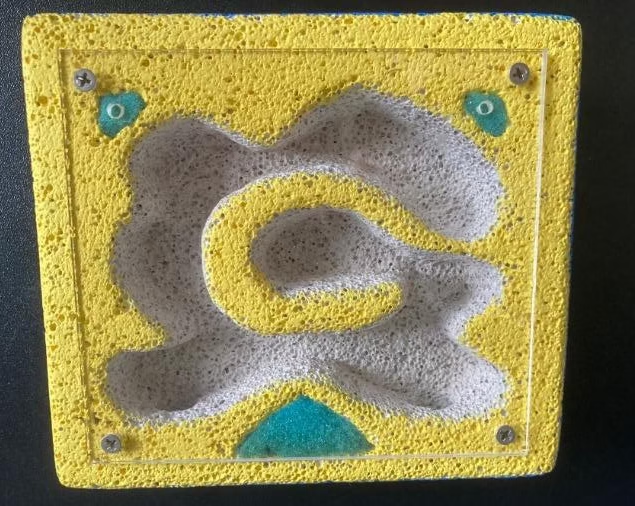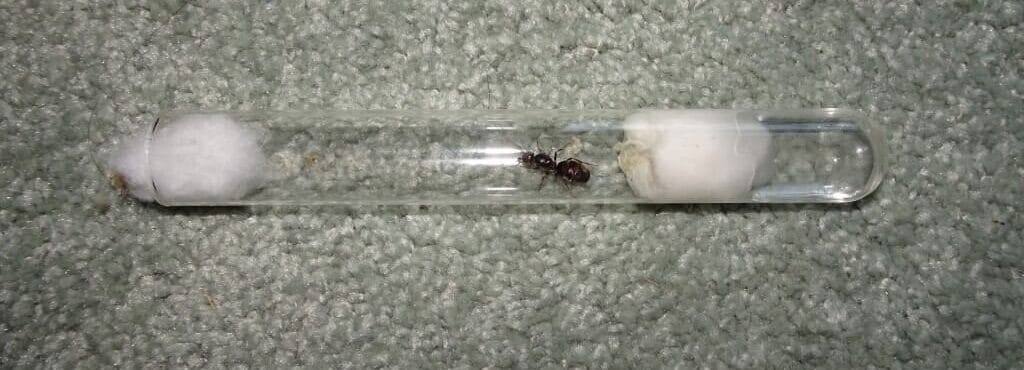Not all ants love the same real estate. Some dig deep underground, others prefer wood, and some happily move into an acrylic penthouse. Choosing the right nest directly affects growth, health, and behaviour. Pick wrong—too dry, too humid, too big, or too small—and you invite escapes, mould, or colony decline.
This guide compares the best ant nest types, their pros and cons, and which species they suit best.
Quick Comparison – Best Ant Nest Types
| Nest Type | Best For | Strengths | Watch-outs |
|---|---|---|---|
| Acrylic | Small–medium colonies; moisture-sensitive species | Clear viewing, modular, hydration chambers | Light exposure; can warp if over-hydrated; tight for large colonies |
| 3D-Printed | Custom layouts; expanding colonies | Highly customisable; add-on modules; tuned hydration | Print flaws = escape routes; some plastics absorb odour/degrade |
| Ytong (AAC) | Moisture-loving or larger species | Holds moisture; carve to size; very durable | Heavy; messy to modify; mould risk if saturated |
| Test Tube | Founding queens; early colonies | Cheap, humid, low disturbance | Limited capacity; water runs out; mould risk over time |
| Naturalistic | Digging species; display builds | Most natural; allows tunnelling; can add clean-up crew | Hard to monitor; escape risks; hydration control is tricky |
| Hybrid | Experienced keepers; long-term custom builds | Mix strengths (e.g., Acrylic + Ytong); scalable; humidity zones | More expensive; more connectors = more failure points |
📖 External resource: overview of formicaria.
1. Acrylic Formicariums – The Modern Classic
Best for: small to medium colonies, moisture-sensitive species, and keepers who value visibility.
Pros
- Crystal clear viewing of chambers and brood
- Easy maintenance; many modular designs
- Customisable humidity via built-in hydration zones
Cons
- May warp if over-hydrated or exposed to heat
- Light exposure can stress species that prefer darkness (use covers)
- Limited chamber size for fast-growing colonies
🔗 Related: Moving Your Queen Ant to a Formicarium
2. 3D-Printed Nests – The Future of Ant Keeping
Best for: custom layouts, colonies that need gradual expansion, and tinkerers who like to iterate designs.
Pros
- Highly customisable chamber shapes and sizes
- Expandable via connectors and modules
- Dialled hydration systems (wicks, reservoirs, coatings)
Cons
- Printing imperfections can leave micro-gaps (escape risk for tiny species)
- Some plastics retain odour or degrade with UV/heat
- Surface texture can aid climbing in some species
🔗 Related: How to Move a Queen Ant to a Formicarium

3. Ytong (Aerated Concrete) – The Ant Fortress
Best for: moisture-loving or larger species (e.g., Meat Ants Iridomyrmex purpureus, Big-Headed Ants Pheidole spp.).
Pros
- Excellent moisture retention; easy to humidify evenly
- Carvable: customise tunnel size and layout
- Durable and long-lasting
Cons
- Heavy; less portable than acrylic or 3D-printed nests
- Messy to modify (dust when drilling/carving)
- Mould risk if over-saturated
🔗 Related: The Ultimate Ant Feeding Guide

4. Test Tube Setups – The Starter Home
Best for: newly caught queens and early-stage colonies.
Pros
- Fast to set up: water + cotton + tube and you’re done
- High humidity and low disturbance for founding
- Very inexpensive
Cons
- Capacity is limited (often 20–50 workers)
- Water reservoir eventually runs dry; requires replacement
- Mould risk if neglected
🔗 Step-by-step: The Perfect Test Tube Setup for Queen Ants

5. Naturalistic Nests – The Wild Home
Best for: digging species and display builds (e.g., Jumping Jacks Myrmecia, Golden Spiny Ants Polyrhachis ammon).
Pros
- Most natural, allowing authentic tunnelling behaviour
- Visually impressive display; great for enrichment
- Supports bioactive clean-up crews (isopods, springtails)
Cons
- Harder to monitor brood and queen
- Escape risk if lids or seals aren’t perfect
- Hydration and airflow balance can be tricky
🚨 Warning: Many species can climb rough silicone and micro-gaps. Use tight-fitting lids and fresh PTFE barriers.
🔗 Species example: Golden Spiny Ant Care Guide
6. Hybrid Nests – The Best of Both Worlds
Best for: experienced keepers who want precise humidity zones and scalable layouts (e.g., Acrylic viewing + Ytong hydration block).
Pros
- Combine strengths of multiple nest materials
- Scale up easily as the colony grows
- Tailor chamber sizes and wet/dry gradients
Cons
- More expensive due to extra materials
- More connections = more possible leak/escape points
- Takes time to dial in the perfect conditions
Final Thoughts – Which Nest Should You Choose?
- Test Tube: best for founding queens & small colonies
- Acrylic: best for visibility & beginner-friendly setups
- 3D-Printed: best for custom expansion & modern designs
- Ytong: best for humidity control & larger colonies
- Naturalistic: best for digging species & advanced displays
- Hybrid: best for custom solutions & long-term growth
Choosing the right setup from the best ant nest types makes all the difference. Start simple, scale thoughtfully, and match the nest to your species’ natural behaviour.
What’s your favourite type of ant nest? Tell us in the comments!
